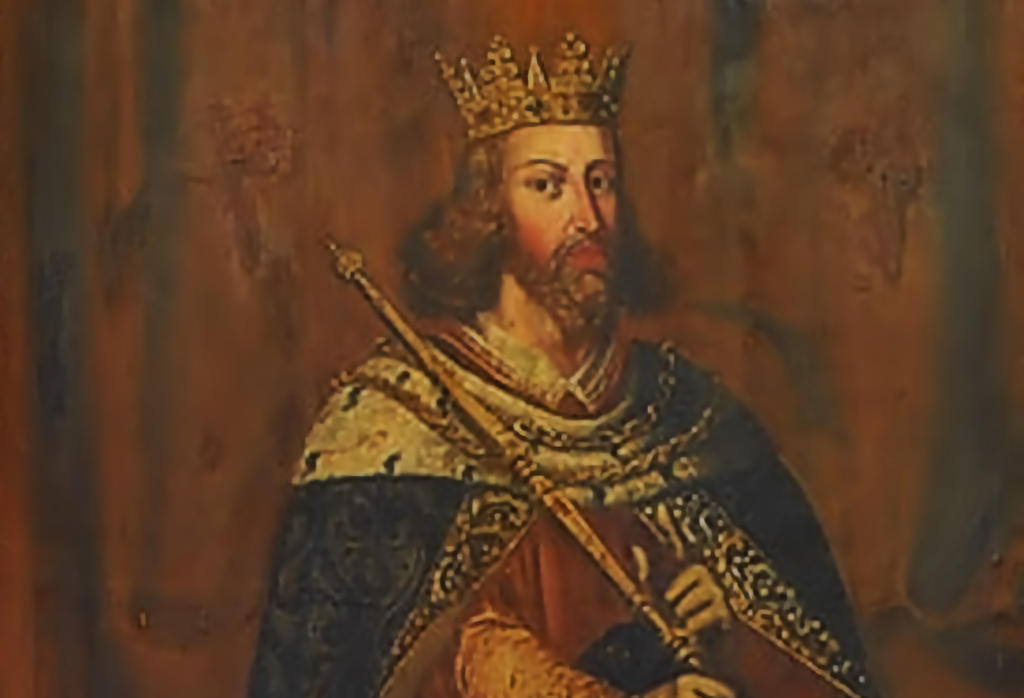Intrigues with John of Gaunt, Duke of Lancaster, further disturbed the concord between Ferdinand and Henry. John of Gaunt, who had married Peter of Castile's daughter Constance, secretly conspired with Ferdinand to dethrone Henry. The ensuing war proved unsuccessful, leading to a peace agreement in 1373. However, when Henry died in 1379, the Duke of Lancaster once again asserted his claims, finding support in Portugal. The English proved to be as offensive to their allies as they were to their enemies, prompting Ferdinand to negotiate a separate peace in Badajoz in 1382. This peace treaty stipulated that Ferdinand's daughter and heiress, Beatrice, would marry King John I of Castile, ensuring the eventual union of the two crowns.
Lisbon.vip Recommends
Ferdinand's ornate tomb can be admired at the Carmo Archaeological Museum in Lisbon, although his body was destroyed during the Invasions of Portugal. His legacy is intertwined with the dramatic events of his reign and the subsequent political shifts that shaped Portuguese history.
Ferdinand married Leonor Teles de Meneses, the former wife of nobleman João Lourenço da Cunha, Lord of Pombeiro, and the daughter of Martim Afonso Telo de Meneses. Their union was marred by controversy but produced no male heirs, ultimately leading to the succession crisis after Ferdinand's death.



